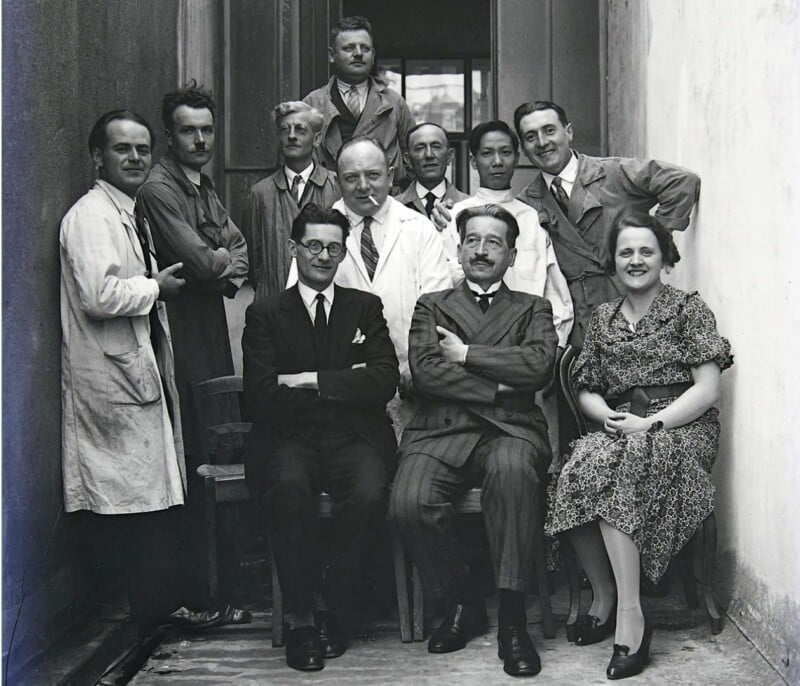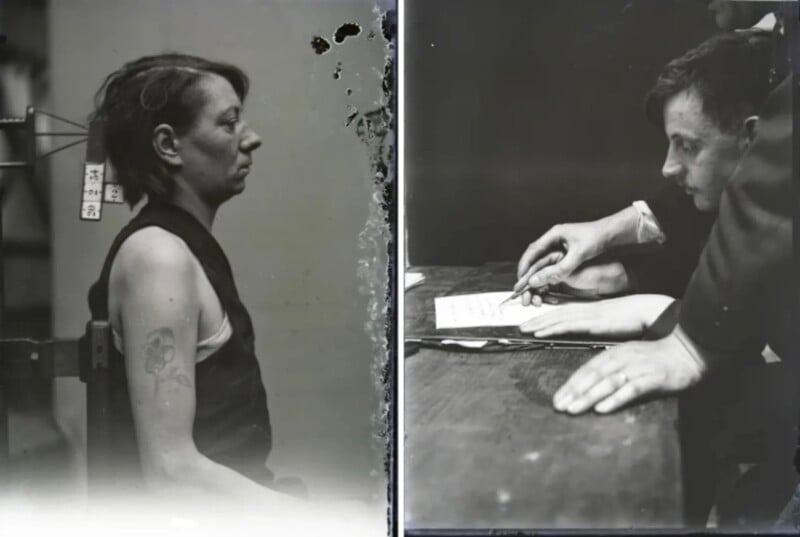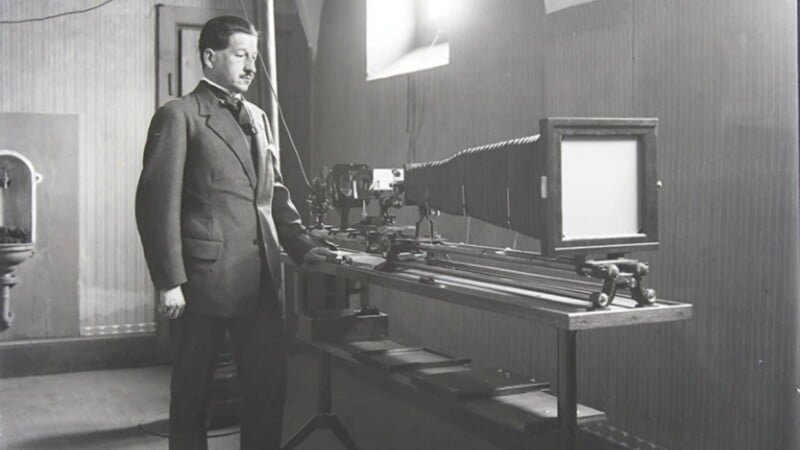Discovery of 20,000 Photographs Reveal World’s First Police Crime Lab

A huge collection of rediscovered photographs reveals new details about the world’s first police crime lab which was founded by the “Sherlock Holmes of France” in the early 20th century.
In 2005, 20,000 glass photographic plates were discovered in a garage of the National Forensic Police Department in Lyon, France.

At the time of the incredible discovery, French authorities did not have the funds to salvage the long-lost images and the glass photographic plates were left to decay for over a decade.
However, 12 years later, in 2017, it was discovered that the gelatin layer in the photographs was infected with mold and the historical images seemed all but lost.

So local historian Nicolas Delestre offered funding to restore and digitize over two-thirds of the photographic archive.
According to a report in Nature, historians have now discovered that the collection of 20,000 photographs offers unprecedented insight into the founding of the world’s first police crime laboratory in Lyon in 1910 and its creator Dr. Edmond Locard who was a pioneer of forensic science.
#CestarrivéàLyon le 24 janvier 1910
Ouverture officielle au Palais de justice du Laboratoire de police scientifique de Lyon du Docteur Edmond Locard.
Partez à la découverte du 1er des "Experts"
>> https://t.co/NqgbPsx9fh pic.twitter.com/2fGkLmts6H— Archives de Lyon (@ArchivesdeLyon) January 24, 2021
The unearthed photographs, which reveal Locard’s groundbreaking work at the dawn of forensic science, are now being digitized.
The images will be completed by Spring 2025 when a French biography on Locard is due to be published.
A Historic Crime Lab Founded by The ‘Sherlock Holmes of France’
Locard was a French criminologist — who is now better known as the “Sherlock Holmes of France” — who is responsible for the forensic fingerprinting techniques that police still use today.
In 1910, the city of Lyon began experiencing a wave of unusually violent murders. That same year, the Lyon police department offered Locard the opportunity to form the first police laboratory in the form of two assistants and two small, unused attic rooms, where evidence collected from crime scenes could be scientifically examined.
Two years later, in 1912, these two rooms became the world’s first forensic science laboratory when the Lyon police department officially recognized it and allowed the lab to be used in criminal investigations.
It was from within the walls of these rooms that Locard went on to solve some of the highest-profile criminal investigations, not just in France but also from around the world.
One of his first cases was the 1912 hunt for the Lyon Strangler who was suspected of strangling a young woman called Marie Latelle to death.
The main suspect was Latelle’s boyfriend Emile Gourbin. But he claimed that he had spent the evening she died playing cards with his friends, all of whom provided an alibi for him.
However, from his crime lab, Locard analyzed the grime beneath Gourbin’s nails and discovered make-up that he was able to match to the cosmetics worn by Latelle.
Image credits: All photos by Archives municipales de Lyon.